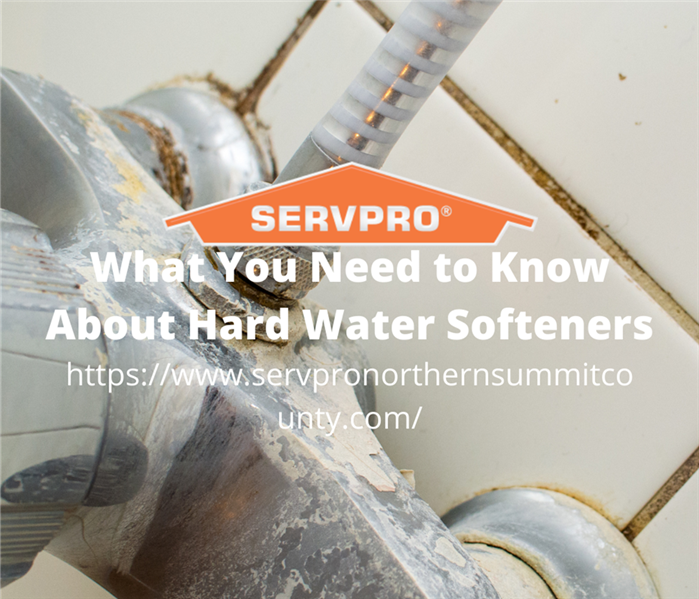What You Need to Know About Hard Water Softeners
1/28/2021 (Permalink)
YOU know if you live in a hard water area – your sinks and faucets discolor, your hot drinks have white flakes in them, and you are covered in a film every time you shower.
Luckily, there is nothing inherently dangerous about hard water for humans – it simply means your local water supply has a high level of calcium in it, which can basically come out of the water supply in your home and turn into little flakes of limestone.
Indeed, calcium is good for our bones – but hard water is no joke for our appliances and water system.
People who live with hard water tend to have to replace essential white goods like washing machines, dishwashers, ice makers, kettles, and even whole furnaces on a regular basis as the limestone builds up around heating elements and eventually effectively suffocates the equipment.
It can also build up inside pipes – especially hot water pipes – leading to reduced pressure and blockages.
There are many ways to remove limescale and treat appliances, but the most effective is to stop the problem at the source and install a water softener into your main supply, so the water is treated before it hits your home and appliances.
By running the hard water through a softener, a chemical reaction with salts takes place, removing the excess calcium, from the water and providing your home or offices with more softened water, and saving on your repair and replacement bulls in the future.






 24/7 Emergency Service
24/7 Emergency Service
